Looking to explore the wonders of the Galapagos Islands on a self-guided experience? You’re in the right place! Below, we have provided essential information about some of the best places and experiences in Galapagos.
For even more inspiration, read through our range of Galapagos tours, including our Galapagos Islands Tour Packages and Daily Galapagos Land Tours.
If you have any questions for us, please don’t hesitate to get in touch!
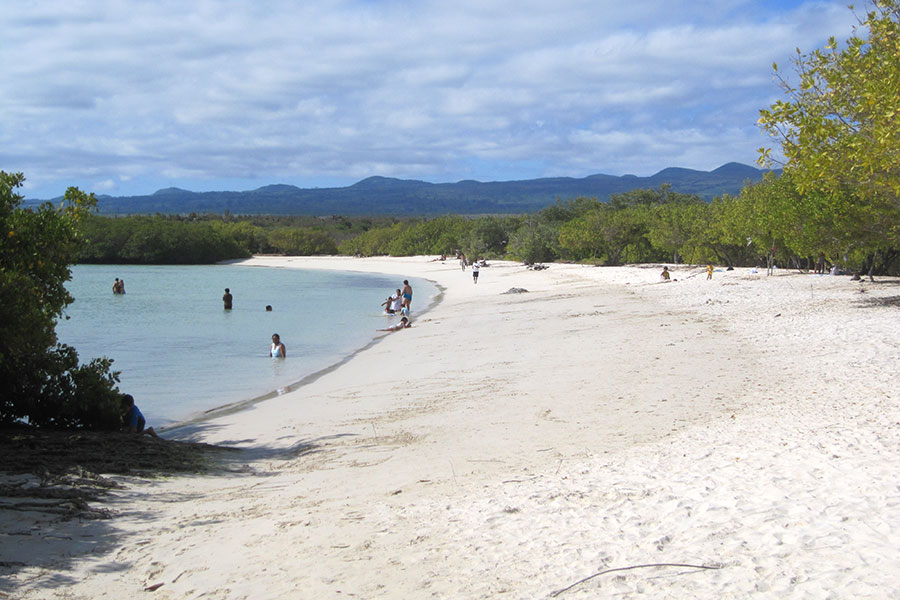
2km west of Puerto Ayora along a walking path
Open from 6am to 6pm.
This white sandy beach rivals the best throughout South America, and is an excellent place to swim, surf, walk, or just lay taking in the beautiful surroundings. It is called Tortuga Bay due to the green sea turtles that use it as a nesting site throughout the breeding season. If you roll out of bed early enough you can see the tracks left by females overnight crossing the beach to lay their eggs in the dunes. As well as the turtles, the bay is home to hundreds, if not thousands of marine iguanas which can be seen lying in piles sunning themselves throughout the day. Sharks, pelicans, and the occasional flamingo delight visitors all year round, and if you want somewhere with no waves at all, just continue walking around the point to a secluded lagoon where it is possible to snorkel.
There is no drinking water or toilet facilities at the beach, so remember to take all you want with you. Forgotten sunscreen and hats have left many a tourist pink and sore the next day!
At the foot of the hill before the start of the path is the Marine Reserve Exhibition Hall, a good place to learn about conservation efforts and issues in the waters around the archipelago.
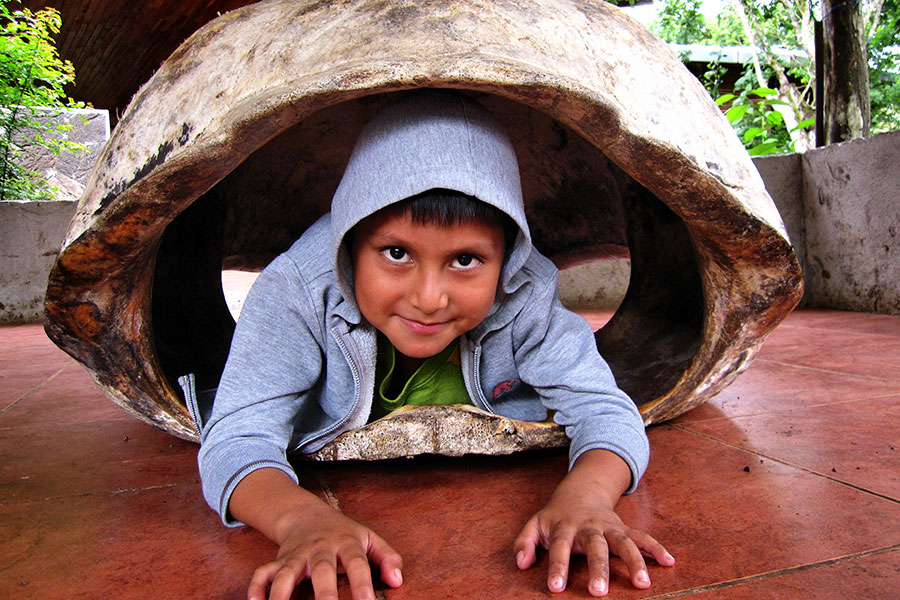
15 – 20 minute walk east down the end of the main drag, Av Charles Darwin.
Open 6am – 6pm.
More than 200 scientists and volunteers are involved with research and conservation efforts, the most well known of which involves a captive breeding program for giant tortoises. It contains a national park information center, a baby tortoise house with incubators, and a walk through an adult tortoise enclosure. Lonesome George, the only surviving member of the Isla Pinta subspecies, has been living here since 1972. Attempts were made to mate George with tortoises from nearby races, but rumour has it that a tortoise’s sexual organs atrophy with lack of use, and he has been alone a long time. Finally however, in 2008 after 35 years of trying to mate George, two of his long time female companions became pregnant. Unfortunately, the eggs laid proved to be unviable, leaving researches to try to find a closer matched mate.
Other attractions include a small enclosure containing several land iguanas and explanations concerning efforts to restore their populations on islands where they’ve been pushed the brink of extinction.

Take a water taxi from the port to Angermeyer Point, approx 2 min, and then follow the signs along the walking track for approx 20 minutes.
Water taxi’s operate 6am – 7pm.
Las Grietas is a water filled crevice in the rocks. The water is cool and clear and great for snorkelling, and if you dare you can join the locals in scaling the vertical walls and plunge gracefully or clumsily if it may be, into the water below. Just don’t take anything you can afford to lose. It is a tempting place for thieves and many cameras and cell phones have gone missing there.
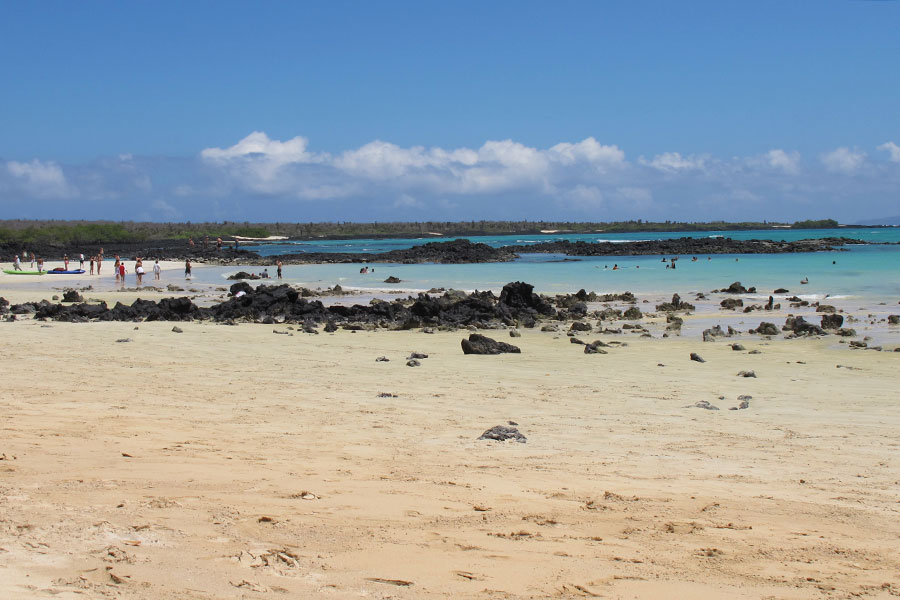
30 – 40 minute taxi ride east of Puerto Ayora, followed by a 15 minute walk onto the beach.
Garrapatero is a wide bay with multiple sandy beaches and tidal pools, good for exploring and snorkelling on calm days. There is also a fresh water lagoon behind the beach, which is occasionally the home to the amazing pink flamingos!
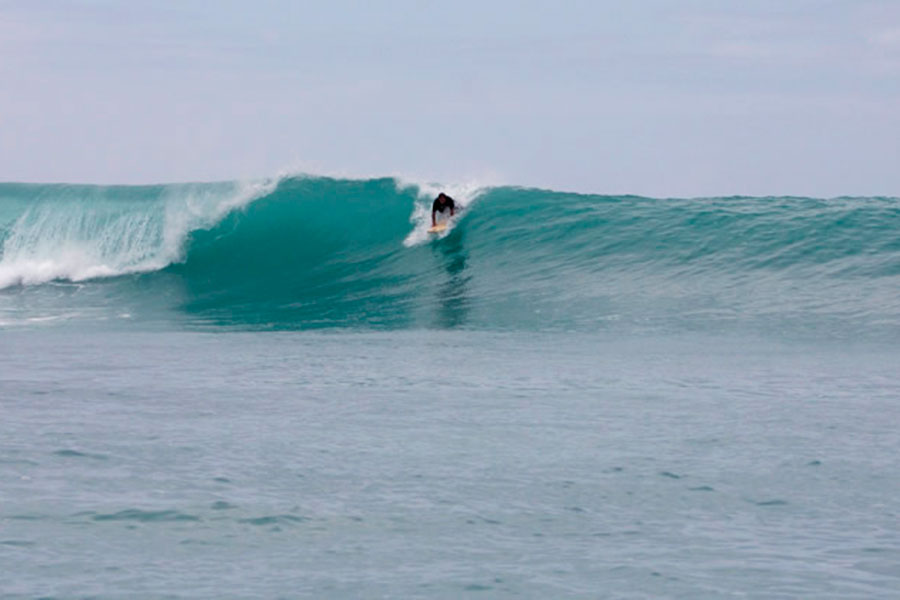
Numerous surf spots
There are numerous surf spots around Santa Cruz, San Cristobal and Isla Baltra. Some easily accessible by walking and others requiring a panga to reach. The easiest one to get to if you don`t mind the 2km walk to the beach is Tortuga Bay which has several good breaks.
For more information it is best to stop in at the Santa Cruz Surf Club when you get here.
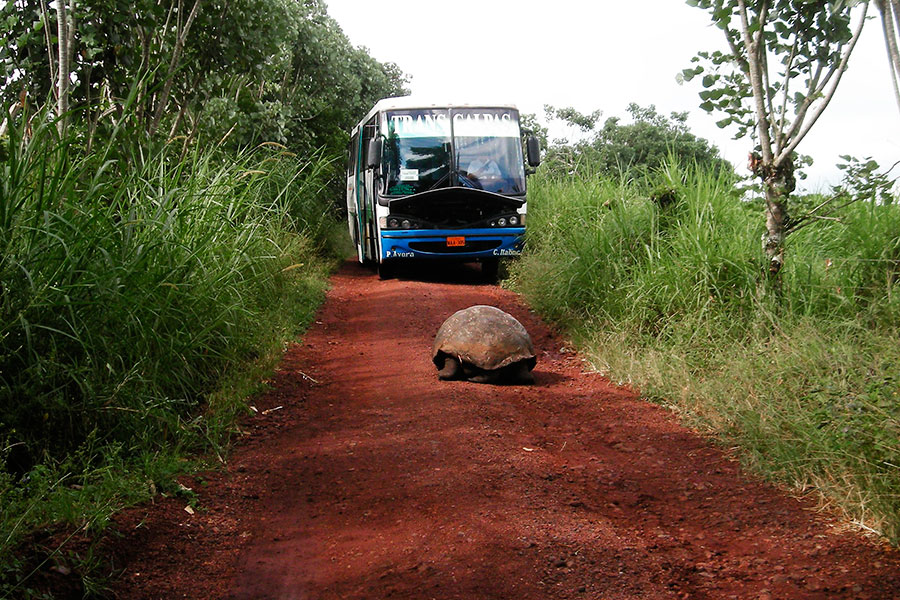
North of Bellavista
North of Bellavista is the national park land known as the highlands. A path from Bellavista leads towards Cerro Crocker (864m) and other hills and extinct volcanoes. This is a good chance to see the vegetation of the Scalesia, Miconia and fern sedge zones and to look for birds such as the vermilion flycatcher, the elusive Galapagos rail and the paint billed crake. It is around 5km from Bellavista to the crescent shaped hill of Media Luna, and 3km further to the base of Cerro Crocker.